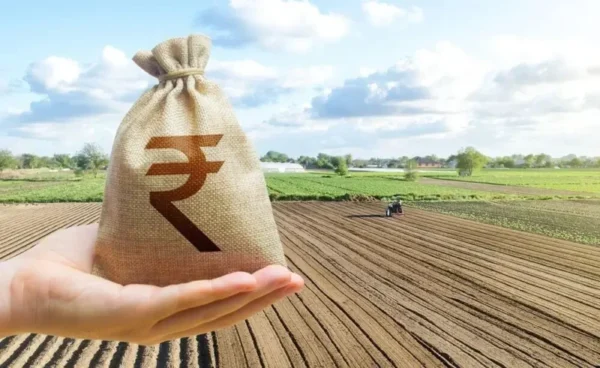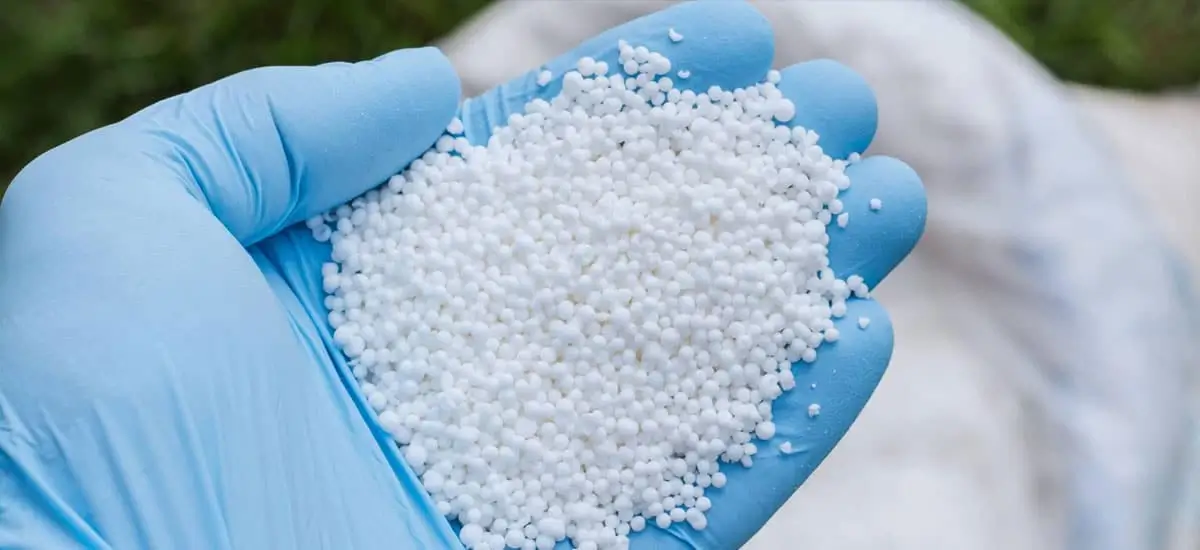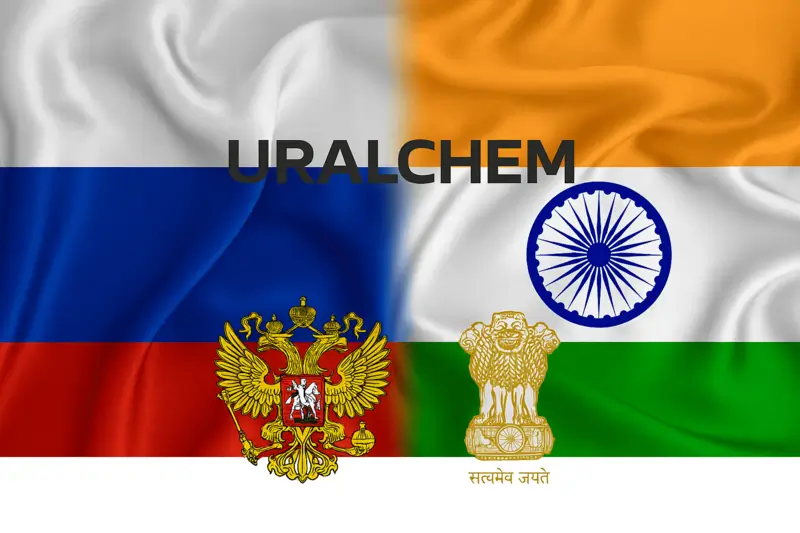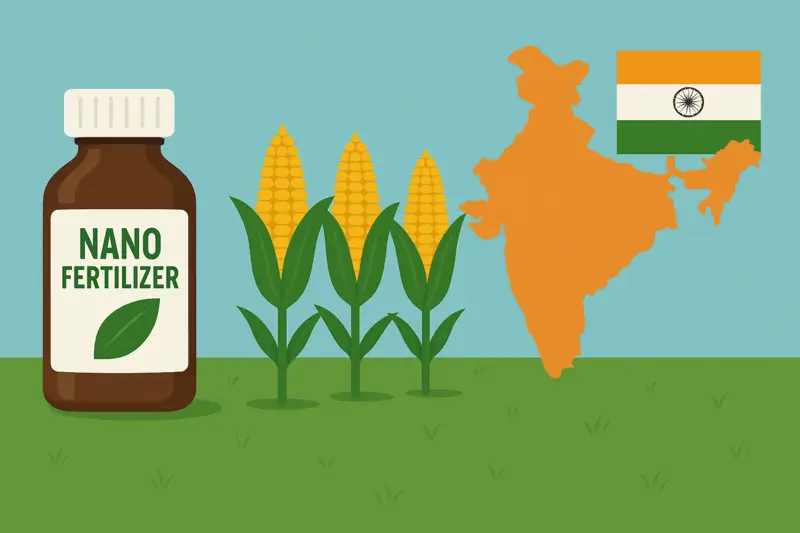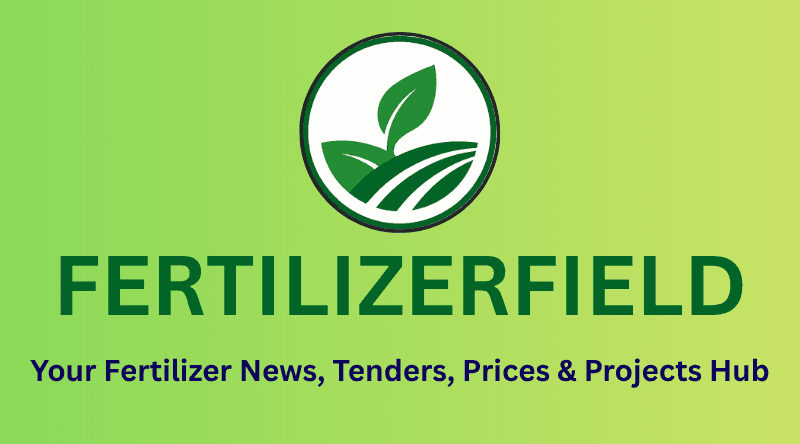Fertilizer Subsidy in India continues to protect millions of farmers from global price shocks. Union Agriculture Minister Shivraj Singh Chouhan said that under Prime Minister Narendra Modi’s leadership, the government prevented international fertilizer price surges from burdening Indian farmers.
“A bag of urea still costs just ₹266 and DAP ₹1,350 due to strong government support,” Chouhan said at an event held at Pusa, Delhi, where PM Modi launched new agricultural initiatives.
Government Focus on Fertilizer Subsidy in India
Chouhan emphasized that India’s fertilizer subsidy policy keeps nutrient prices affordable despite high global costs for gas and raw materials. The Centre’s intervention stabilized the market and ensured uninterrupted fertilizer supply.
Fertilizer Field Insight:
The fertilizer subsidy for FY 2024-25 may cross ₹2 lakh crore, confirming the government’s strong commitment to farm stability and food security.
Lower GST and Higher MSP Strengthen Farm Income
To make modern machinery more affordable, the government reduced GST on agricultural equipment. This move encouraged farmers to adopt new technology and raise productivity.
In addition, the Minimum Support Price (MSP) for key crops has increased sharply:
Wheat +₹160 per quintal
Gram +₹200 or more
Lentil +₹300
Mustard +₹250
Sunflower +₹600
These increases directly improve farmer earnings and strengthen India’s rural economy.
Subsidy Schemes and Direct Transfers Empower Farmers
Through the PM-Kisan Samman Nidhi, over ₹3.90 lakh crore has been sent directly to farmers’ bank accounts.
The Kisan Credit Card (KCC) program disbursed loans worth ₹10 lakh crore in FY 2024-25, with interest subsidies of ₹1.62 lakh crore.
The Pradhan Mantri Fasal Bima Yojana has also compensated insured farmers with ₹1.83 lakh crore.
Fertilizer Field Insight:
Together with the fertilizer subsidy, these financial programs have built a strong safety net that encourages investment and innovation on Indian farms.
FPOs and Rural Prosperity Through Fertilizer Subsidy Support
More than 52 lakh farmers are part of Farmer Producer Organisations (FPOs). Among them, 1,100 FPOs have achieved ‘crorepati’ status with a combined turnover above ₹15,000 crore. The Agriculture Ministry provides ongoing help for branding, innovation, and market access.
Such collective growth complements fertilizer subsidy support, making agriculture both profitable and sustainable.
New Missions Boost Self-Reliance in Agriculture
At the same event, PM Modi launched two major schemes:
Pradhan Mantri Dhan-Dhaanya Krishi Yojana, covering 36 sub-schemes under 11 ministries to promote rural development.
Self-Reliance in Pulses Mission, aimed at cutting imports and boosting domestic production.
He also interacted directly with farmers involved in pulses, animal husbandry, fisheries, and Agri-Infrastructure Fund projects.
(With inputs from PIB and ANI)
Towards Atmanirbhar and Viksit Bharat
Chouhan reiterated that under PM Modi’s visionary leadership, Indian agriculture is rising to global standards. He urged citizens to choose Swadeshi products and contribute to Atmanirbharta (Self-Reliance) and Viksit Bharat (Developed India).
“We are committed to achieving a self-reliant and developed India built on farmers’ prosperity,” he said.
FERTILIZERFIELD Insight on Fertilizer Subsidy in India
The fertilizer subsidy in India not only ensures affordable nutrients but also promotes balanced fertilizer use and food-grain stability. Analysts expect this policy to continue through FY 2026, especially as India explores green ammonia and sustainable fertilizer production.
(Source: PIB Press Release, October 11, 2025)

